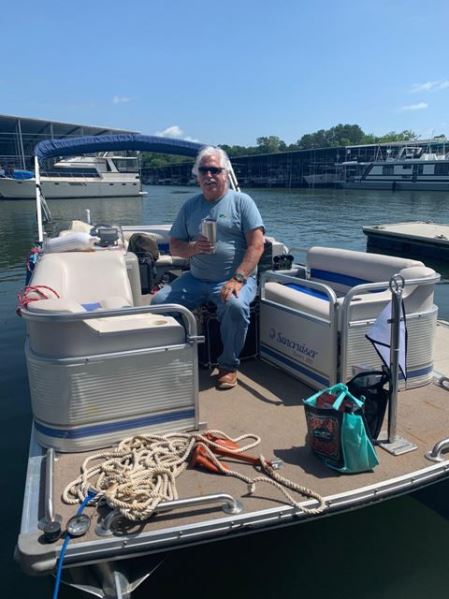 Many people dream about taking a long boat trip up the river or down the coast, but for most people that seems like a pipe dream. Well, a team of boat-loving, clean water advocates decided to prove that this desire to travel upriver was more than just a dream. Captain Bob Cherry and his associates, Stewart “Sterling” Edwards and Sherman Jones (who disembarked in Chattanooga, Tenn.), set off on what would be a trip that covered 650 miles of the beautiful Tennessee River.
Many people dream about taking a long boat trip up the river or down the coast, but for most people that seems like a pipe dream. Well, a team of boat-loving, clean water advocates decided to prove that this desire to travel upriver was more than just a dream. Captain Bob Cherry and his associates, Stewart “Sterling” Edwards and Sherman Jones (who disembarked in Chattanooga, Tenn.), set off on what would be a trip that covered 650 miles of the beautiful Tennessee River.
Shoving Off
Starting their trip in Knoxville, Tenn., the friends set sail on a 21-foot Lowe Suncruiser Bimini 210 pontoon from Volunteer Landing and set their destination up the river to Paducah, Ky. Bob and his friends worked with those from the Tennessee River Valley to capture the experience and help raise awareness for the river and its marinas along their trip. Working the closest with Bob and his crew was Julie Graham, who is the volunteer executive director for the Explore Tennessee River Valley. This group works to raise awareness for the TRV, to keep it clean and beautiful, but also to encourage people to explore the natural beauty that is right in their backyards.
The first stop the Lowe pontoon made was at Fort Loudon Marina where the crew were greeted with some good old Southern hospitality and refueled for the next leg of their trip – through the Loudon Lock and Dam.
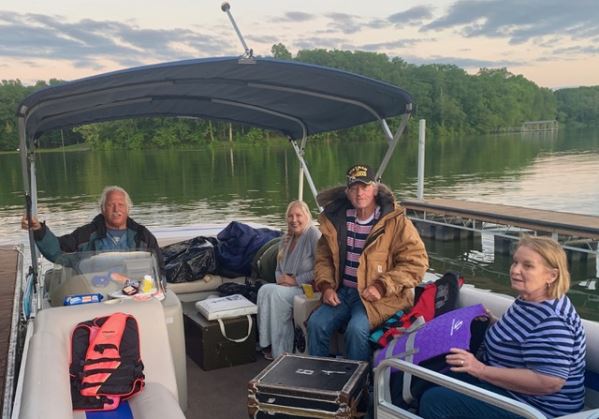 The navigable part of the Tennessee River has nine different locks and dams to help control water levels and boat traffic for both commercial and personal vessels. It also produces hydro-electric power for communities all over the state. When going through a lock and dam, captains must time it just right or it could add hours to the trip. The dams vary in how long it takes to get through them. So it’s a good idea to ask the locals how long the dam takes and then schedule it into the trip.
The navigable part of the Tennessee River has nine different locks and dams to help control water levels and boat traffic for both commercial and personal vessels. It also produces hydro-electric power for communities all over the state. When going through a lock and dam, captains must time it just right or it could add hours to the trip. The dams vary in how long it takes to get through them. So it’s a good idea to ask the locals how long the dam takes and then schedule it into the trip.
In order to go through the dams, captains have to notify the operator by radio or by pulling on a rope attached to a bell. Because water from the river can damage the pull rope, Bob relied on his experience and decided just to use his radio to be safe.
Stopping Along The Way
A lot of preparation goes into trips like this. All along the river are marinas that can be welcoming to sailors and each one has different amenities. On their trip up the river, Bob and his group planned to stop at several marinas, some for fuel and food, others for real beds and clean clothes, and some simply to relax and look around the Tennessee River Valley.
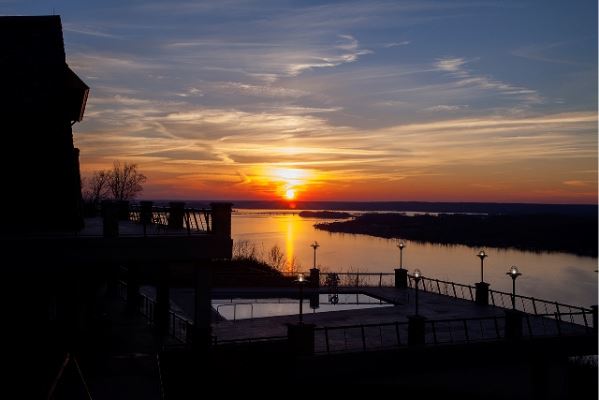 Being a history buff, Bob planned a stop at New Johnsonville to visit the Johnsonville State Historic Park and see the location of The Battle of Johnsonville. The historic battle during the Civil War allowed for Confederate Major General Nathan Bedford Forrest to have enough supplies to rip through western Tennessee on a 23-day raid.
Being a history buff, Bob planned a stop at New Johnsonville to visit the Johnsonville State Historic Park and see the location of The Battle of Johnsonville. The historic battle during the Civil War allowed for Confederate Major General Nathan Bedford Forrest to have enough supplies to rip through western Tennessee on a 23-day raid.
Along the way, Bob and his savvy crew stopped at the Cuba Landing Marina at a store named Pickin’, a bargain shop in McEwen, Tenn. There, Sterling was able to find a lot of good pocketknives to add to his collection.
“I thought the most enjoyable part of the trip for me was from Pickwick Dam, past Shiloh, down into Kentucky Lake,” said Bob. “The people were very nice, and they were very welcoming. We were worried about the pandemic and having to come out in facemasks and stuff. Nobody had any problem, we had no problem getting fuel, and there’s just nothing bad to say.”
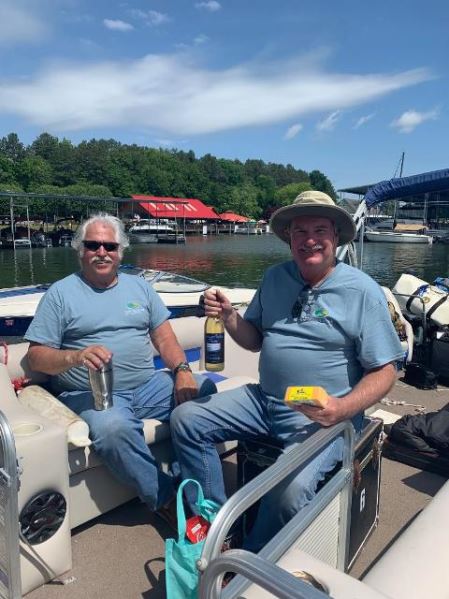 Anyman’s Boat
Anyman’s Boat
Boating up the full length of the river may seem like something you need a specific kind of boat for, but Bob and Sterling didn’t think that was the case. Setting off, they decided to do the trip on a Suncruiser pontoon from Lowe Manufacturing. It is a 21-foot pontoon that was equipped with a 90 horsepower Mercury engine and a boat cover for nights of roughing it.
“I picked it because it was the average man’s boat,” said Bob. “This would be the one that the average person could get ahold of and run without any problems.”
In addition, Bob said the Suncruiser was a stable boat that allowed him to have people from various towns and organizations onboard so they could take pictures of the different parts of the river.
The real defining factor, according to Bob, was the engine on the back. “It’s a four-stroke Mercury so it was quiet and it got three and a half miles to the gallon. So it was very economical.”
Because of the favorable fuel economy, Bob and Sterling were able to go up to 100 miles per day using the regular 24-gallon gas tank and an auxiliary gas tank, making fewer stops for gas, and more stops to enjoy the trip.
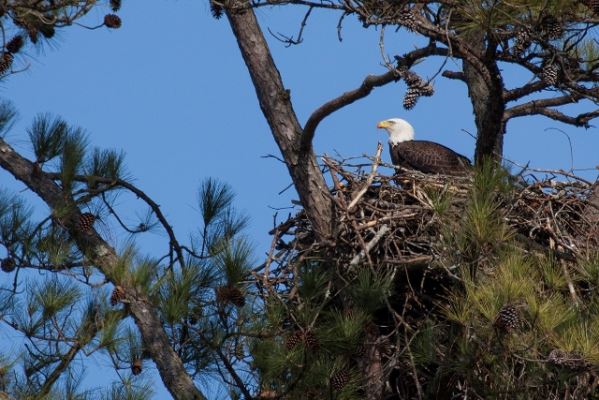 Taking This Kind Of Trip
Taking This Kind Of Trip
Trips of this caliber aren’t planned in a week’s time, but rather it takes months of preparation and planning. A lot of factors have to be taken into account when planning for a long journey upriver, such as possible weather conditions, how much gear you can take on the boat, how many times you and your crew members want to stop and sleep in a hotel, stops that have to be made to refuel, how far you can go without stopping, etc. With factors fluctuating every day on the trip, every boater needs to be flexible as they cruise the waters.
Along with planning the stops for gas, it is also important to know what amenities you want for each stop, such as showers, restaurants, traveler’s cars that can be used to go in town and shop, overnight docking, and just about anything that a river rat could need. These amenities can make or break a trip depending on how comfortable everyone in the crew is with camping onboard when necessary.
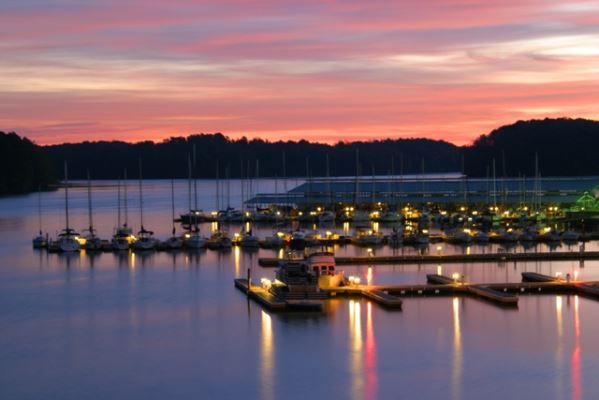 Seasoned Skipper
Seasoned Skipper
Captain Bob is a very knowledgeable boater and was part of the merchant marines. He was the south edge boat operator for many years, giving him plenty of experience navigating on the water.
“The first time you go down a river, you don’t know that river,” said Julie. “You need to know how to read navigational buoys because those big deep coves will pull you in. This is where Captain Bob’s experience really paid off during this trip.”
While going down a section of the river, the pontoon got pulled into a “dog lake,” which is a deep cove found toward the edge of the river. Fifteen minutes after being pulled off course, Bob noticed they were in the wrong part of the river and was able to turn the boat around and set them back on course.
“The big thing was the boat had just been gassed the night before so it was full.” Julie said, remembering the small unexpected side adventure. “It would be horrible for that to happen when you're running on fumes.”
One of the most important things to track when planning this trip is gas. Without gas to power your engine, you can run into trouble very quickly.
The End Of The Line
The May 2020 trip from Knoxville to Paducah took seven days and 652 miles to complete. Along the way they met many great people in the various towns and marinas, experiencing the kindness and hospitality that can seem in short supply during difficult times. Not only did they see the beauty of the Tennessee River Valley, but they also proved any average Joe can cruise the river if they want to follow their dream.
For More Information
Alabama Mountain and Lakes Tourist Association
www.northalabama.org
Explore Tennessee River Valley
www.tennesseerivervalleygeotourism.org
Visit Humphreys County
www.visithumphreys.com
Visit Loudon County
www.visitloudoncounty.com
Visit Knoxville
www.visitknoxville.com

